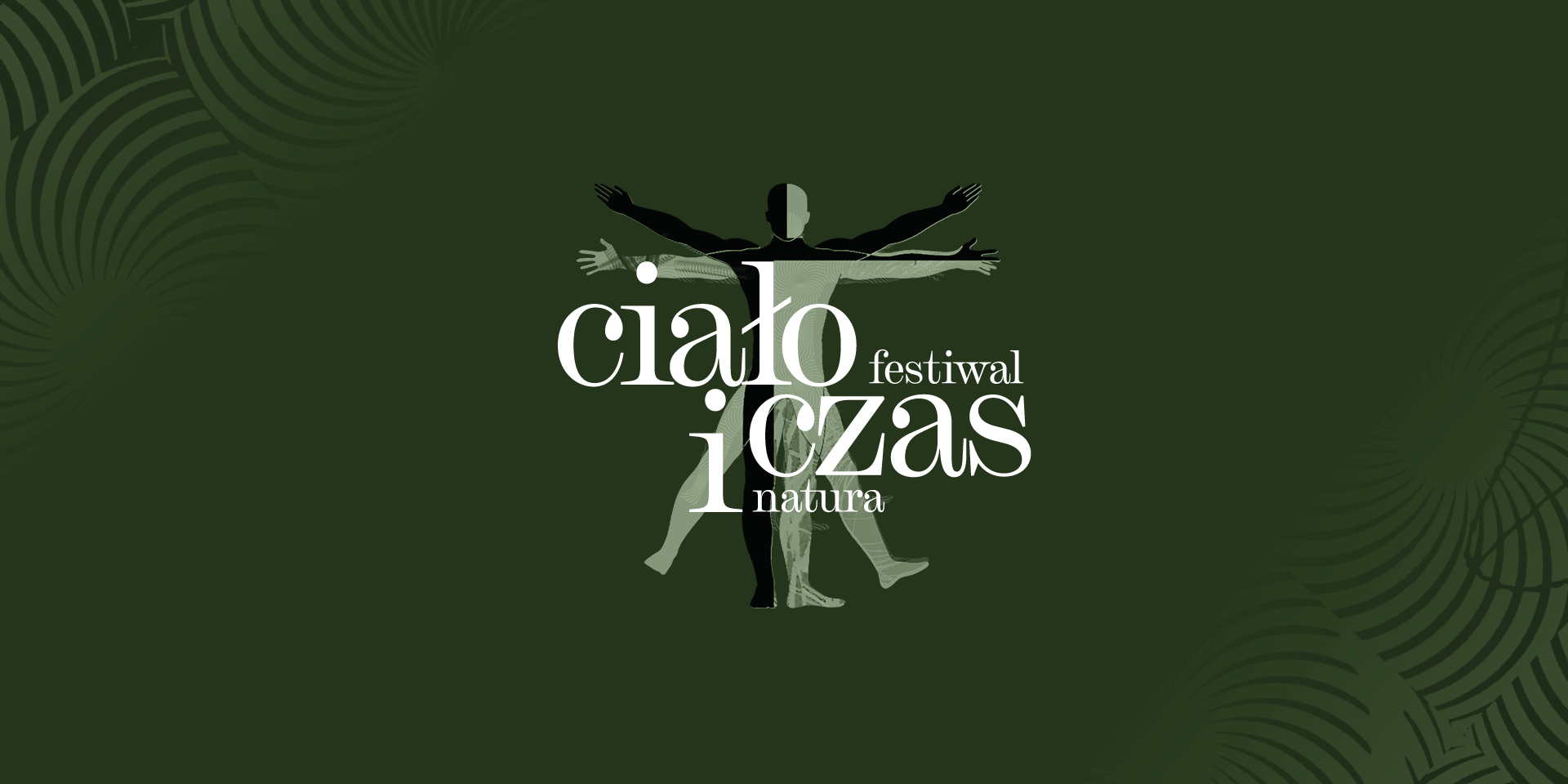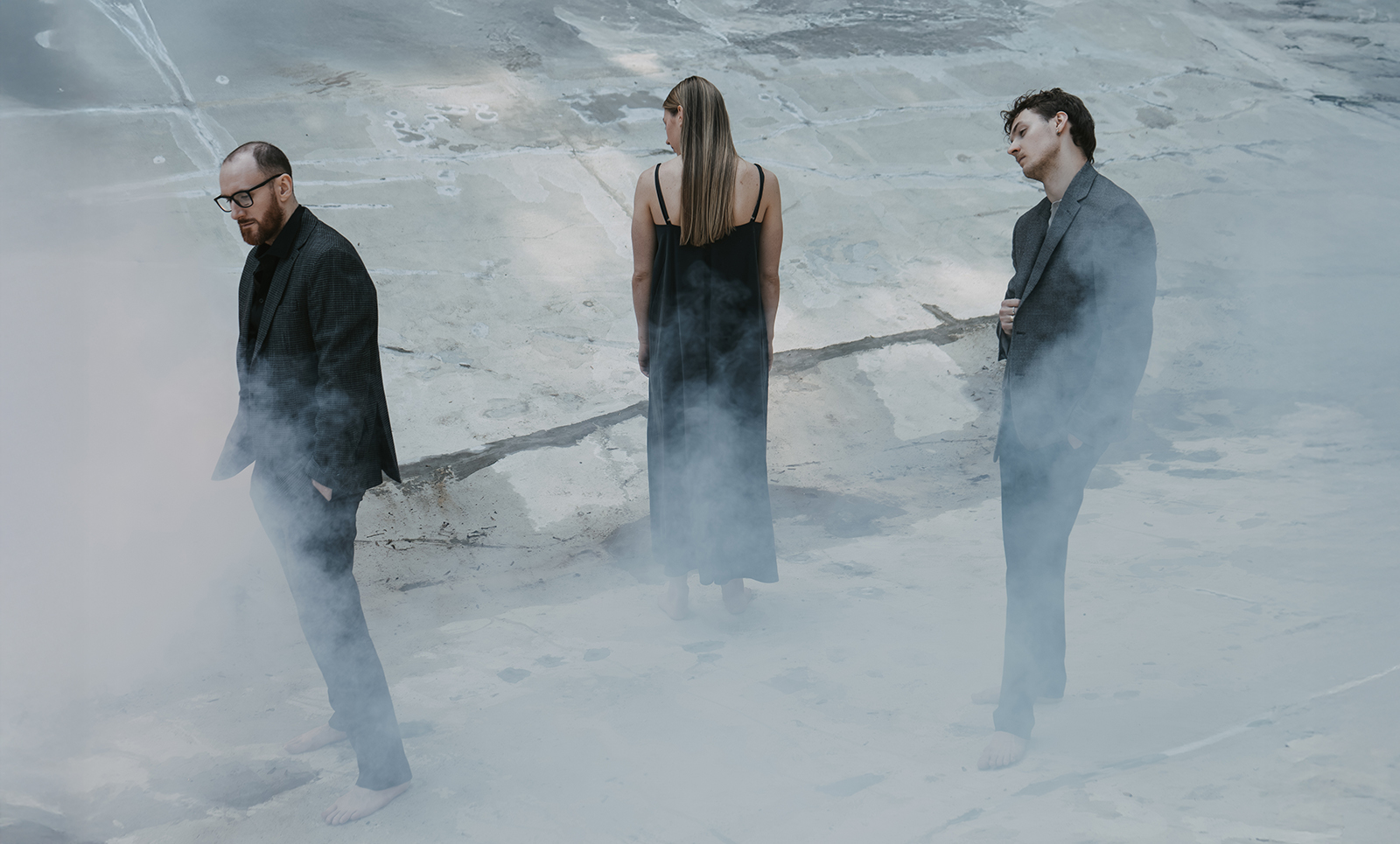Text by Paweł Głowacki about the 34. ULICA Festival
Patient Fables
Once upon a time he fetched a tit nest with little ones and put it on a tree. Then someone brought him a squirrel from the woods and he also let it go among the graves. Someone else brought a blackbird. Another one a woodpecker. Another a turtledove. And so, little by little, life returned to the graveyard.
Wiesław Myśliwski The Horizon
No more will you have to sneak stealthily along the walls. The fireman on the church tower will blow his bugle to announce high noon – finally not to an empty square. Jerzy Zoń will idily attach his bicycle to a tree by a charming café called Vis-à-vis. And an itinerant entertainer, brought there by Zoń to perform under the open sky, will make a few gestures, so unusual in their form that astonished passers-by will stop for a while. For instance he will do a handstand and start walking upside-down to the rhythm of a polonaise, bouncing with his feet a ball as colourful as a parrot. In other words, yesterday will return. Life will be again like it used to be before we began to stealthily sneak by the walls – The Festival of Street Theatres will commence. It will be organised in two parts. The first one in July and the second in September. For the 34th time Jerzy Zoń’s summer theatre ritual will return. It is inevitable bacause fables, also those presented in the street, are patient. They return. They always do. Just like in London over four centuries ago, when after two years of pestilence with all theatres closed, after 730 evenings of dead illusion, actors returned to town, tidied up their roofless theatre buildings, learned new parts and opened the doors. They did not wait long. Londoners showed up in no time. Just like two years before, they came again to stand in front of the stage with their heads up and follow fresh tales presented under the open sky, such as A Midsummer Night’s Dream by William Shakespeare, and especially those disturbing concluding lines of Puck, who was as good at backflips as the guests of Zoń’s festiwal, „If we shadows have offended, / Think but this, and all is mended, / That you have but slumb’red here / While these visions did appear”.
Fables will inevitably be back. Yes. They will return here soon, they are here already. In Szewska street and in Grodzka Street by the Main Market Square. Or at the corner of the Small Square by Mikołajska Street. Or at the giant flat area in front of the slender chuch, towering in the Podgorze district of Krakow like the Dolomites. Or in front of the fountain at Szczepański Square, faced by the majestic stone head of Jan Matejko placed on the Wall of the Palace of Art. Also, by the main entrance to the Galeria Krakowska shopping centre and perhaps by the statue of Jan Nowak-Jeziorański situated in that area. And finally in the Main Market Square by the Church of St. Adalbert, between the statue of Adam Mickiewicz and the entrance to Floriańska Street, in the shade of the Town Hall Tower or at the so called A-B line in front of it. At one of these places, perhaps at several at the same time, someone is walking upside-down bouncing a colorful ball with his feet, someone with an inhumanly elastic body is transforming himself into the Gordian knot, someone with a red ball on his nose is juggling with fifteen bananas, someone is walking on stilts and looking at Krakow mercifully and fondly like Gulliver at the Lilliputians, someone suspended on an invisible line is practising vertical dance on the Wall of the Town Hall Tower, flying just like the spirit called Ariel would over Prospero’s island in William Shakespeare’s play „The Tempest”. And many, many more loonies are presenting their fables with the help of several unusual gestures, making people stop for a while, watch and listen. For how can we not stop when this bizarre event begins to pinch our imagination, tempt it, awakensthe brain from a nap, from indiference and makes us want to ponder and tell our own stories?
Edward Gordon Craig, a great admirer of air on the stage, who appreciated the Elizabethan theatre mainly due to the lack of roofs on theatre buildings, that is due to the constant presence of open sky over the stage, pointed at the ceiling in the Goldoni Arena in Florence, where he established a theatre school, and said, ”I have removed twelve bricks from there to let in some fresh air and natural light. When I remove twenty four of them the task of my life will be accomplished”. Zoń would allow Craig to join the KTO troupe without any test and those two old sentences would constitute the motto of the Festival of Street Theatres. And many years after the Florence era, in the middle of the deadly plague known as the Second World War, Craig tried to live in Paris – stealthily, secretly, walking on eggshells. One day he suddenly spotted two inconspicuous items sold in the street by bouquinistes: an inventory of Paris streets at the time of the Directoire with a list of people and their addresses and a notebook of an upholsterer with records of professional visits to his clients in the very same period. Craig bought those two pieces as, similarily to Zoń’s street weirdos, they began to tempt him to find out about their stories. Because of some mysterious inconsistencies in the records made by the methodical and meticulous upholsterer, the legendary theatre reformer, with the acquired inventory and notebook in his hands, followed personally the Parisian paths of the artisan and during the two years of the deadly pestilence he managed to reconstruct the map of his routes. As he followed them, on the basis of time inconsistencies in the records with the help of imagination he managed to build a great story about the upholsterer’s distant life. He created a beautiful romance, the story of love affairs of the artisan and the women who were his clients, many of them married and owning coaches in a state of disrepair. The story of love consummated by the the discreet upholsterer in the hours skipped in his notebook on pieces of furniture that needed mending.
And so, if fables are doing quite well at the darkest times of pestilence, what can we say about their powers at the time of the plague’s decline? Was there really a truly deep gap? Any significant collapse? A well? A ditch full of the quaking uncertainty of tomorrow? Simply, is the summer festival organised by Jerzy Zoń coming back in a miraculous way? Or is it just going to happen as it always has, that is after the usual intermission in the autumn, winter and spring?











